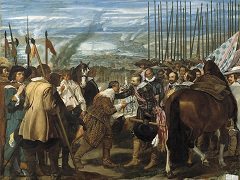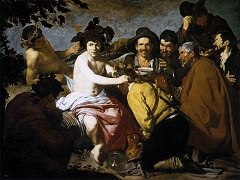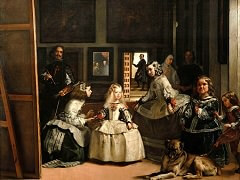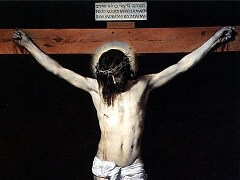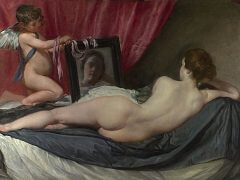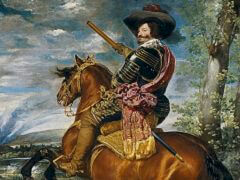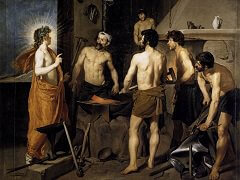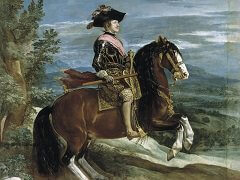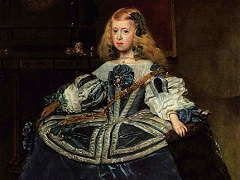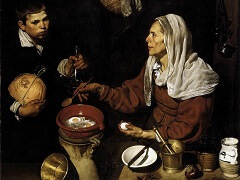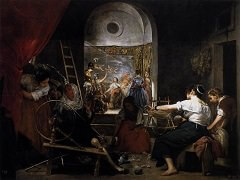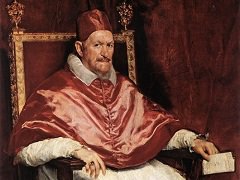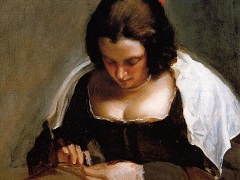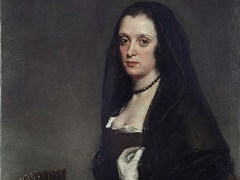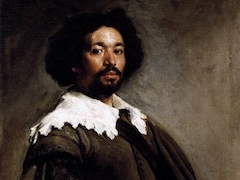Portrait of Prince Balthasar Charles, 1635 by Diego Velázquez
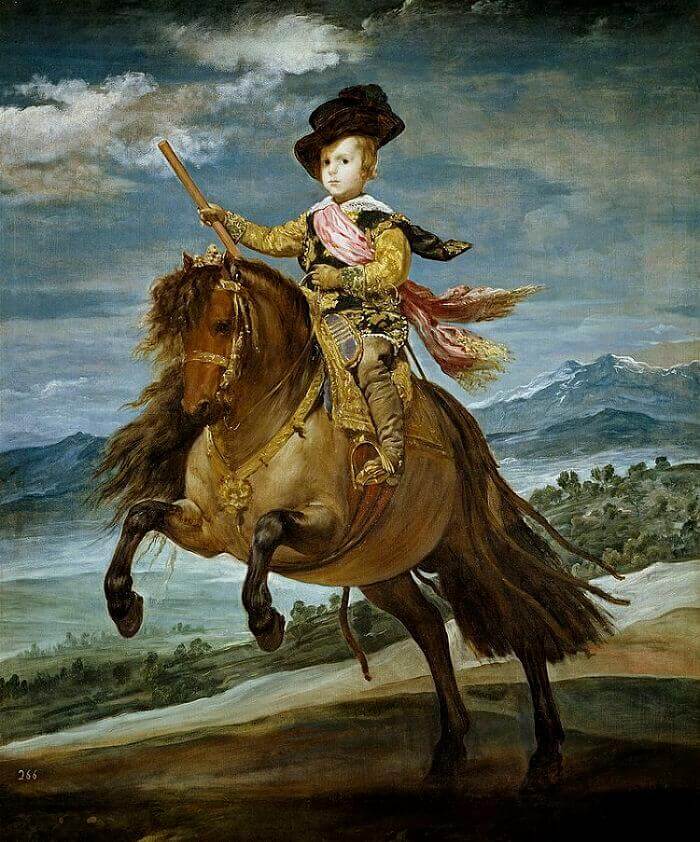
The manner in which Velázquez treated his models is not only characteristic, but exclusive. He did not even need to put the model in movement or to capture him in a casual expression. He reproduced him as he was, bored and in a stiff pose, looking straight in front of him. Moreover, he had not the least delicacy for anything concerning his physical aspect, and treated with the same merciless o bjectiveness both the coquettish queen and the cretinous buffoon. His respect was directed elsewhere towards the spiritual intimacy which, notwithstanding the fixity of the pose, he always brought very much to light.
For children he had an indescribable tenderness and generosity. To the little prince Baltasar Carlos, who was to predecease him at the age of 17, he optimistically attributed an iconographical reference to the Emperor Domi-tian, Maecenas, a friend of the people, consolidator of the tottering empire. We see him looking ahead in the direction of a destiny that is not only glorious but gay, galloping towards it boldly, in his finest ceremonial dress. Now that the painting somewhat elongated top and bottom - losing, unfortunately, its original concentration, has been taken down from its original lintel position in the throne-room at Buen Retiro (which justified its unusual and efficacious end), hangs before us at eye level, we are aware that, in spite of the magnification and the apotheosis, it does remain essentially an affectionate family portrait. Even the baroque flourishes have something playful about them, or light-hearted, at any rate, and in the whole painting there is not the least trace of adulation.

